On occasion, there is a song that just stands out from everything else. There are individual pieces of music that affect a person because of a single chord (like “The Remembering” from YES) or even a single note (like that long-held oboe note from Wagner’s “Overture to Tristan und Isolde”) or perhaps it is a particular performance of a well-known song (like Jay “Bird” Koder’s rendition of “Sukiyaki” which I written about elsewhere). Sometimes it the composition and meaning of the complete piece, such as Hristo Vitchev’s “Willing to Live” (also discussed elsewhere).
Then there are pieces that simply draw deeply on the listener’s own experience and memory and emotions and can become almost unexplainable. They reach so far down (as the above pieces also do) and they touch almost all of the emotions: joy and melancholy, hope and regret.
One such piece is Ryuichi Sakamoto’s “Water’s Edge” as performed by Meg Okura and the Pan Asian Chamber Jazz Ensemble. Originally a vocal piece from Sakamoto’s 1996 “Sweet Revenge” album, Okura has arranged it into a Jazz instrumental. Okura’s violin is the lead instrument with lovely accompaniment from Helen Sung’s piano and Anne Drummond’s flute. Dezron Douglas is on bass and E.J. Stickland is the drummer. It is the perfect ensemble to render this piece as something unforgettable and irreplaceable.
There is an elegance here that is charming and touching. It is sweet and it is sad. It is not sad in a depressing way but an acknowledgement that life contains inescapable sadnesses; the sadness of separation and the sadness of loss. It is the sadness that follows grief. It does not choke out joy but it is not overcome by joy, either. Rather, it is what accompanies joy in a lifelong dance.
With that sadness is the great joy so easily discernable in “Water’s Edge.” The pizzicato violin and staccato flute are light-hearted and whimsical but it is the piano that carries the true joy of the tune. The piano continues to climb and to reach beyond the melancholy.
There are moments of extraordinary delicacy, of gentle softness, of humor, contentment and happiness. All of those moments are held together by the musicians in an elaborate dance. The partnership of violin and flute, bass and drums and the piano holding it all together creates a work of delightful tenderness and truth.
There is an evocative quality to this piece. The chords and the changes can only be described as “deep calling unto deep.” It has tonal qualities that are very emotional for me.
More than this, “Water’s Edge” makes me think about my wife. I say that because of the profound, indescribable depths of my thoughts and feelings toward her and about her.
The piece is elegant, like she is. It is emotional and warm, like she is. It leaves me speechless, like she does. The song calls to me like her heart does to mine. The song makes me want to dance, like she does.
The dance of the music is our dance of life. Through sadness and happiness, the losses we have experienced and will always experience, the separations from loved ones and the gaining of new friends, through it all we continue our waltz.
Just as “Water’s Edge” has moments of great delicacy, of gentle softness, of humor, joy and contentment, she has all of those qualities in herself. She is elegant and delicate. She is gentle and warm. She is funny and soft.
And there is nothing in this world like seeing my wife smile. Her smile makes me smile. “Water’s Edge” makes us both smile.
There is a sweet unity between the musicians like there is between us. The partnership of the violin and flute sounds like us.
“Water’s Edge” makes me want to be a better person. I see a better vision of myself just like the better vision of myself I see when I look into her eyes. It is the vision she has of me.
If there was ever a single piece of music that describes her, it is “Water’s Edge.” It is the song that I want to go on and on and on...
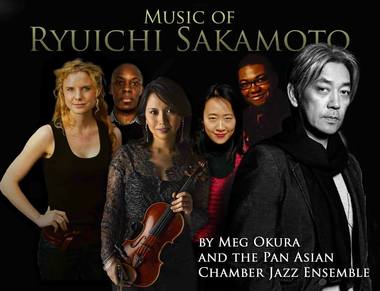
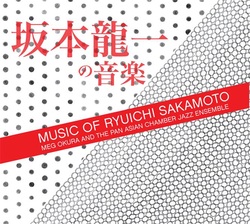
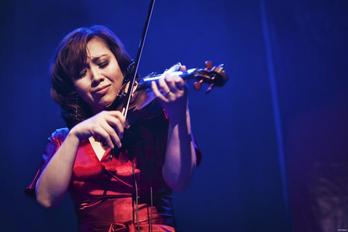
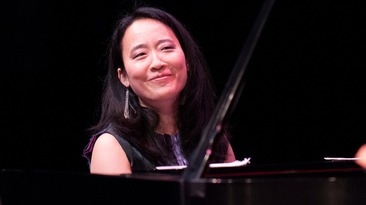
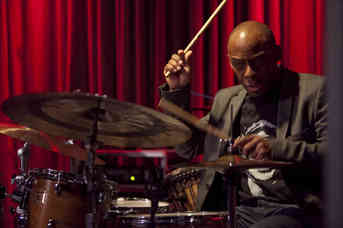
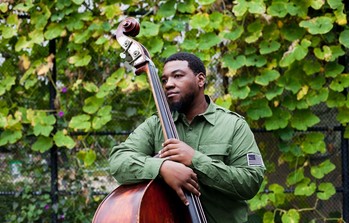
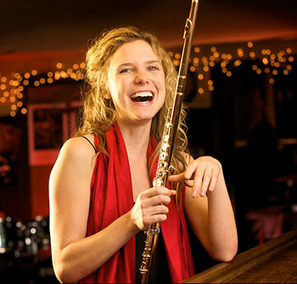
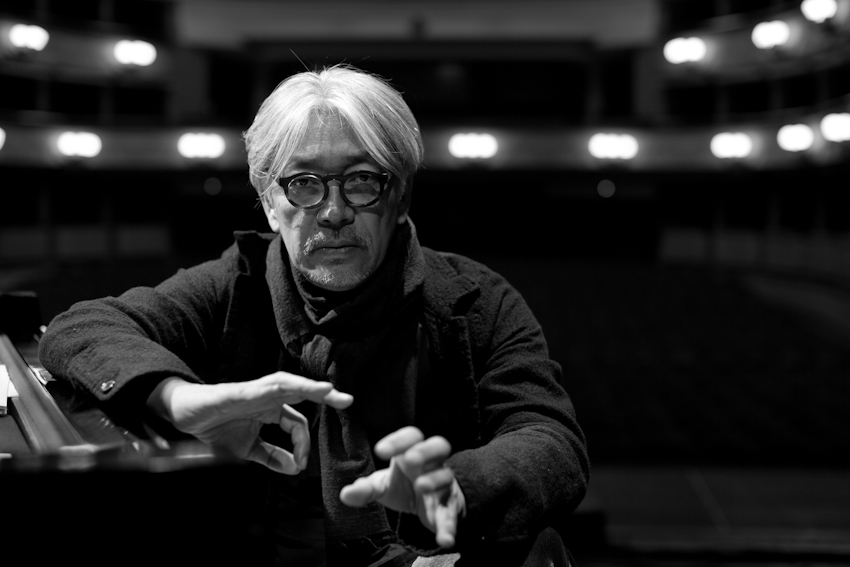
 RSS Feed
RSS Feed
